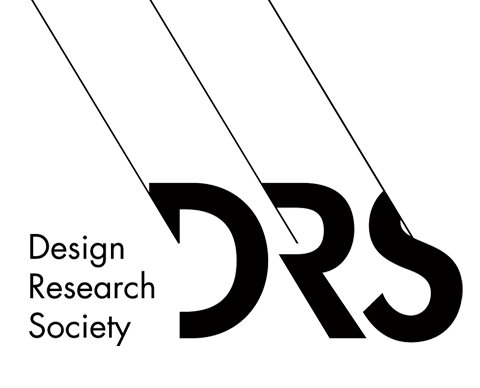Abstract
Online courses are a key means for universities to scale up their educational offerings to wider audiences. In 2020, as the COVID-19 pandemic worsened, many such courses that were initially designed to be given in-person, were pushed online. Instructors and their respective institutions, however, had limited knowledge of processes, practices, and tools to design high-quality learning experiences. This paper collects faculty and student experiences from a Nordic university and outlines key challenges for designing high-quality live online learning sessions. It demonstrates that, given the fundamentally different contexts for learning in digital settings, teachers need to rethink their understanding of what is possible, and engage with creative tools and pedagogical practices that support enhanced learning experiences online.
Keywords
Teaching design, Scaling up teaching, Online pedagogy, Higher education, Covid-19
DOI
https://doi.org/10.21606/nordes.2021.48
Citation
Ylirisku, S., Jang, G.,and Sawhney, N.(2021) Re-thinking pedagogy and dis-embodied interaction for online learning and co-design, in Brandt, E., Markussen, T., Berglund, E., Julier, G., Linde, P. (eds.), Nordes 2021: Matters of Scale, 15-18 August, Kolding, Denmark. https://doi.org/10.21606/nordes.2021.48
Creative Commons License

This work is licensed under a Creative Commons Attribution-NonCommercial 4.0 International License
Conference Track
Full Papers
Included in
Re-thinking pedagogy and dis-embodied interaction for online learning and co-design
Online courses are a key means for universities to scale up their educational offerings to wider audiences. In 2020, as the COVID-19 pandemic worsened, many such courses that were initially designed to be given in-person, were pushed online. Instructors and their respective institutions, however, had limited knowledge of processes, practices, and tools to design high-quality learning experiences. This paper collects faculty and student experiences from a Nordic university and outlines key challenges for designing high-quality live online learning sessions. It demonstrates that, given the fundamentally different contexts for learning in digital settings, teachers need to rethink their understanding of what is possible, and engage with creative tools and pedagogical practices that support enhanced learning experiences online.

